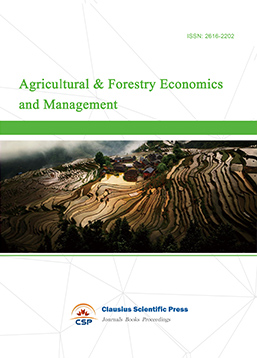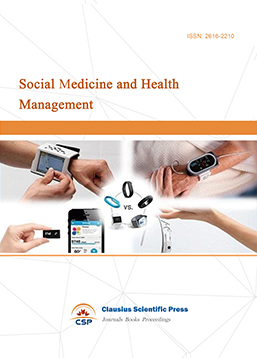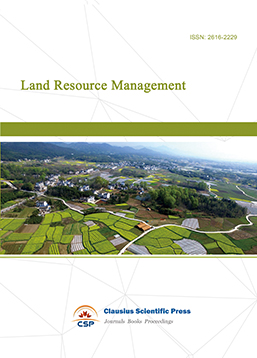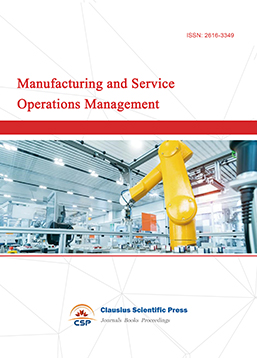Research on the Drivers of Resilience in the Supply Chain of Assembled Buildings
DOI: 10.23977/ieim.2023.060209 | Downloads: 9 | Views: 1257
Author(s)
Man Su 1, Qiang Liu 1, Xuemei Liu 1, Ming Liu 1
Affiliation(s)
1 School of Economics and Management, Liaoning University of Technology, Jinzhou, Liaoning, 121001, China
Corresponding Author
Xuemei LiuABSTRACT
With China's "double carbon" emission reduction target and the demographic dividend of the construction industry fading out, the construction industry is facing the problem of transformation and upgrading. The development of assembled construction requires a change in the overall supply approach of the construction industry and the introduction of manufacturing supply chain management and resilience management ideas into assembled construction management to solve existing management problems. Supply chain toughness integration is an important means to promote the development of assembled buildings. The current cooperation mechanism of the main bodies of the assembly construction supply chain is not perfect, and the motivation of integration is not clear, resulting in low efficiency of enterprise synergy. In order to improve the efficiency of the supply chain, this paper first identifies the influencing factors and then the driving factors of the supply chain resilience of assembled construction through literature extraction method, and then identifies the key driving factors through questionnaire survey method and expert interview method. This paper addresses the key drivers and determines their relevance by questionnaire survey method.
KEYWORDS
Assembled building, supply chain, resilience, driversCITE THIS PAPER
Man Su, Qiang Liu, Xuemei Liu, Ming Liu, Research on the Drivers of Resilience in the Supply Chain of Assembled Buildings. Industrial Engineering and Innovation Management (2023) Vol. 6: 57-62. DOI: http://dx.doi.org/10.23977/ieim.2023.060209.
REFERENCES
[1] Guo Hong, Liu Junfeng. Research on the risk of assembled construction based on enterprise supply chain. Shanxi Construction, 2017, 43(27):220-221.
[2] Li Yu. Analysis of the development status of global assembled building industry. Brick and tile, 2018, (11):144-145.
[3] Xiang Ying. Application and development of prefabricated assembled buildings in China. Jushe 2019, (6):13.
[4] Zheng Huaigang. Common problems and countermeasures of assembled building construction. Engineering quality, 2018,36(10):96-98
[5] Kong Haihua, Sun Jiakun. Research on construction supply chain model under EPC mode. Construction Economy, 2018, 39(1):87-90.
[6] Ruiz-Benítez, López C, Real J C. The lean and re-silient management of the supply chain and its impacton performance. International Journal of Production Economics, 2018, 203:190-202.
[7] Sezen B, Karakadilar I S, Buyukozkan G. Proposition of a model for measuring adherence to lean practices:applied to Turkish automotive part suppliers. Inter-national Journal of Production Research, 2012, 50(14):3878-3894.
[8] Liu Haohua. Creating a flexible supply chain. Journal of Central University of Finance and Economics, 2007, (5):63-68.
[9] Zhu Xinqiu. Analysis of the factors influencing supply chain elasticity based on ISM. Value Engineering, 2010, (35):45-46.
[10] Liu Guangzhen, Zhu Tian. Research on the influence factors of collaborative management of assembly building supply chain based on the perspective of general contractor. Journal of Shenyang University of Architecture (Social Science Edition), 2022, 24(05):496-502.
| Downloads: | 27006 |
|---|---|
| Visits: | 812701 |
Sponsors, Associates, and Links
-
Information Systems and Economics

-
Accounting, Auditing and Finance

-
Tourism Management and Technology Economy

-
Journal of Computational and Financial Econometrics

-
Financial Engineering and Risk Management

-
Accounting and Corporate Management

-
Social Security and Administration Management

-
Population, Resources & Environmental Economics

-
Statistics & Quantitative Economics

-
Agricultural & Forestry Economics and Management

-
Social Medicine and Health Management

-
Land Resource Management

-
Information, Library and Archival Science

-
Journal of Human Resource Development

-
Manufacturing and Service Operations Management

-
Operational Research and Cybernetics


 Download as PDF
Download as PDF